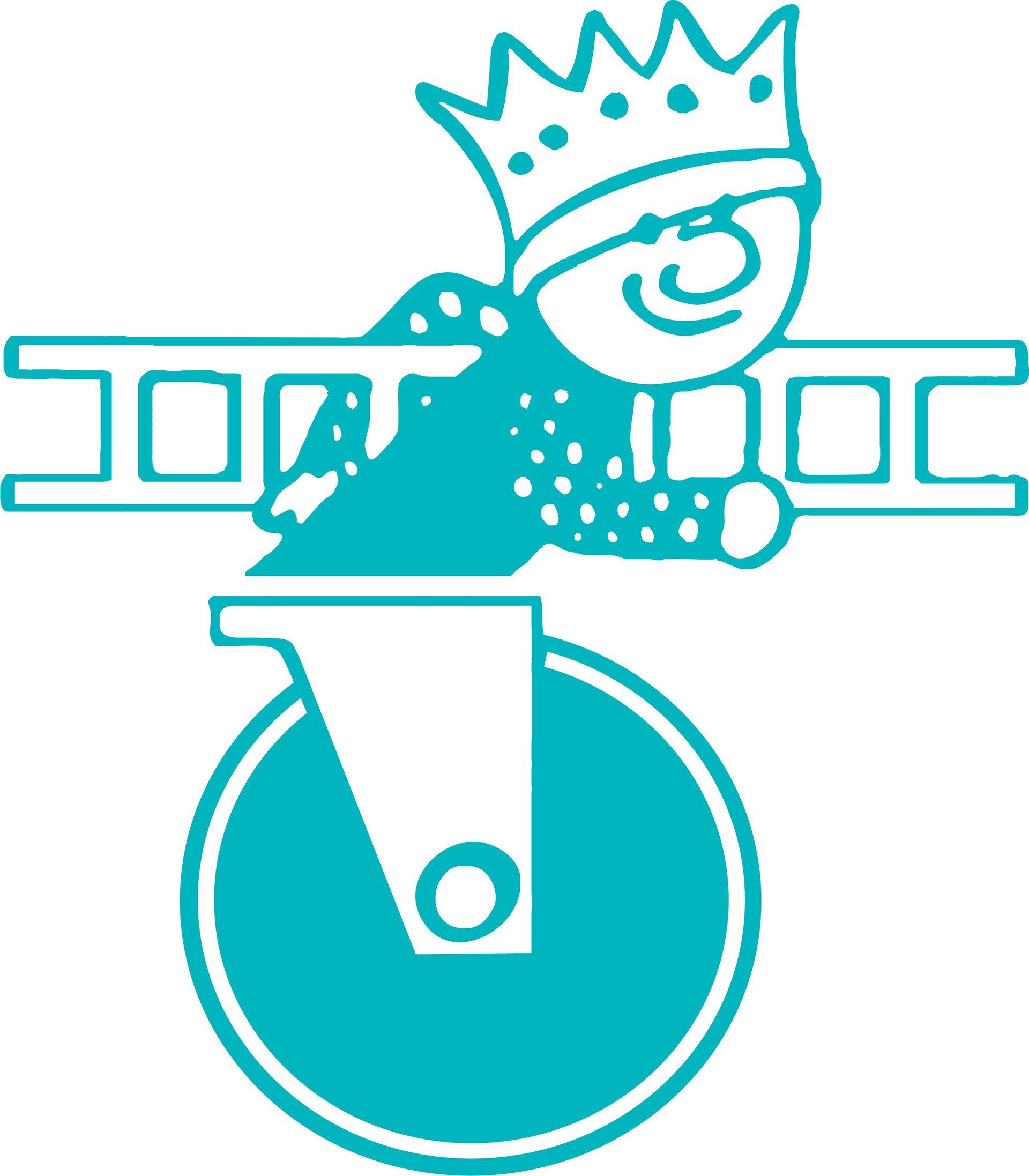CALL 021 762 8610
How do ball units work?

In a nutshell, Alwayse Ball Transfer Units are omnidirectional load-bearing spherical balls which are designed to handle different kinds of materials. These devices are a type of conveyor system that allow materials to be quickly transported across an array of units known as ball transfer tables.
Ball units are esoteric devices that have significant applications in the commercial and industrial sectors. In this blog, we’re going to take a quick look at how these machines work and why you may want to consider investing in a few of them for your workshop.
Constitution of a ball unit
Alwayse Ball Transfer Units are relatively simple devices that don’t have many moving parts. They’re made up of a load bearing spherical ball that is mounted within a restraining fixture. These balls are typically made from steel, but can also be made from plastic or wood.
These balls are supported by smaller bearings located within the container that allow the balls to move omnidirectionally. A combination of these units creates a ball transfer system that is used to transport loads in airports, factories and warehouses.
Variety and common applications of ball units
Ball transfer units are available in several sizes and are used either individually or within ball unit systems to create convenient conveyor networks for products, parts and materials to manoeuvre up, down and sideways through.
Unlike traditional conveyor belts or other sorts of mechanical or electronic production lines, ball transfer units don’t require any sort of outside power and are dependent exclusively on the momentum of the conveyed object or any external forces passed onto those objects when conveying them from one location to another.
As a result, in most applications, ball transfer units may result in energy cost savings, as well as reduced maintenance and repair costs.
One of the most common uses of ball transfer tables are in luggage delivery systems in airport baggage claim areas. These transfer units have several more applications , however in industrial and commercial environments.
Prior to the invention of the ball transfer unit — which was first patented in 1958 by Autoset Production Ltd. — Inverted casters were commonly utilised to transport objects through work areas. But the issue with those traditional casters is that they recognize a trail. This means the caster wheels had to be aligned before a change in direction could be achieved. Ball transfer units solved this problem.
Ball transfer units have revolutionised the way we convey materials around our workshops, warehouses, depots and factories. Not only do they allow multidirectional conveying, they also save you money on electricity and provide an eco-friendly way of conveniently transferring your items from one location to the next.
If you’d like to get your hands on quality ball transfer units, please don’t hesitate to get in touch with us today – we look forward to hearing from you!
More recent posts



